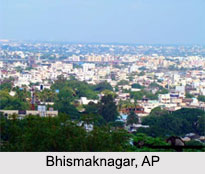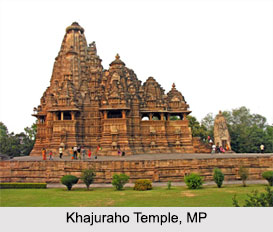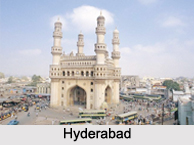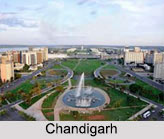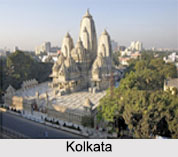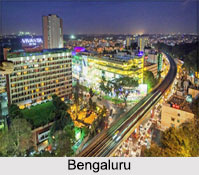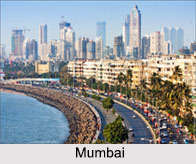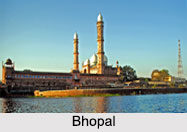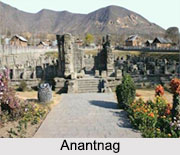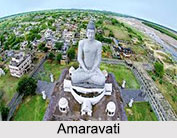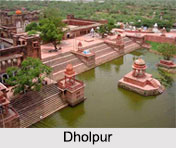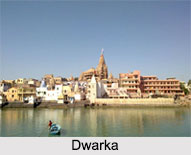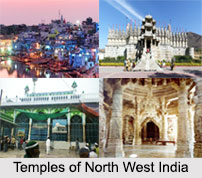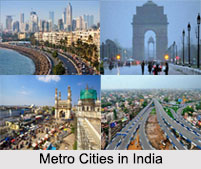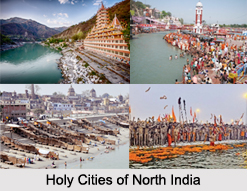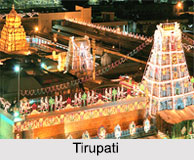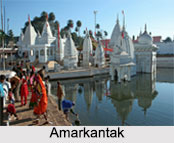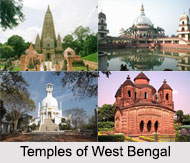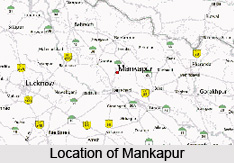 Mankapur is an important town situated in the Uttar Pradesh state of India. The town is encircled by Gonda in the south, has Raniganj in its north, Rani Jot in the east and Nawabganj in the south. Awadhi and Hindi are mainly spoken by the people of Mankapur. Mankapur is well known for having one of the six nationwide manufacturing plants of Indian Telephone Industries.
Mankapur is an important town situated in the Uttar Pradesh state of India. The town is encircled by Gonda in the south, has Raniganj in its north, Rani Jot in the east and Nawabganj in the south. Awadhi and Hindi are mainly spoken by the people of Mankapur. Mankapur is well known for having one of the six nationwide manufacturing plants of Indian Telephone Industries.
Location of Mankapur
It is located in Gonda district of the northern state of India, Uttar Pradesh. Mankapur is positioned between 27.03 degree North latitude and 82.23 degree East longitude at an average altitude of 99 metres (324 feet) above mean sea level.
Population of Mankapur
The Indian Census report published in 2011, states that Mankapur had a population of 16459. Males constitute 54% of the population and females account for the remaining 46%. In Mankapur, 13% of the population is under 6 years of age.
Literacy Rate of Mankapur
The average literacy rate of Mankapur is 77% which higher than the national average of 67.5%: male literacy is 86%, and female literacy is 75%. Mankapur is well known for its educational status. Presently, the town has around 12 Inter colleges.
History of Mankapur
Mankapur taluka was a jagir formed when Raja Dutt Singh of Gonda seized the Bandhalgoti rai of Mankapur. Singh who was of Bisen Rajput dynasty presented it to his younger infant son, Kunwar Ajmat Singh around 1681. The decision made Kunwar Ajmat Singh the first ruler of the state. At that time, the state comprised of 189 villages and during the British Raj, it was a pargana in Utraula tehsil. In the year 1987, it became a separate tehsil. And later in the year 1997 when the Gonda district was bifurcated to form Balrampur district, it remained with its former district. As per records, the last ruler of this jagir was Raghavendra Pratap Singh.
Attractions of Mankapur
Parvati Mahadeo is a nearby place of interest. It is significant because the place is connected with the Indian epic of Ramayana. Some of the religious places in the state are Maroucha Nath Baba Maroucha, Maa Mangla devi mandir Maroucha, Bangarh mandir, Karohanath mandir, Mai Ram Kuti (Shiv Mandir), Dinkarpur, Chauk masjid etc.
Connectivity of Mankapur
The nearest railway station is the Mankapur Junction Railway Station of North Eastern Railways and the nearest airport is Amausi airport.
